A Photo-Worthy Trip on the New Borealis Train to Chicago
By Sam Rockwell
Last month, I took a four-day trip to Chicago with my daughter. We took the Empire Builder Amtrak train there and the brand new Borealis train on the return. The trip itself was a joy (Beaches! Museums! Architecture tour! Great transit!) and it also provided an opportunity to reflect on the current and potential role of intercity rail in Minnesota and beyond.
About the Borealis
The Borealis, a new second train between Saint Paul and Chicago, opened in May 2024. It complements the long-running Empire Builder service, which connects Chicago to the West Coast through the Mountain West. The Borealis trip is about seven and a half hours end-to-end and stops every 30 to 40 minutes at stations along the way. The ticket prices are affordable, with adult tickets starting at just over $40 for the full one-way trip.
The Borealis was funded by the Minnesota and Wisconsin departments of transportation, Amtrak, and the Federal Transit Administration. It runs once a day in each direction seven days a week.
The Trip: A Photo Essay
Our trip began with the booking process. I was surprised by the sense of freedom I felt when scheduling the trip. Before, passengers’ only option was the Empire Builder—with an early departure from Saint Paul and a late departure from Chicago (and very very late arrival in Saint Paul). The addition of the Borealis provides some choice. We decided to leave the Twin Cities early on the Empire Builder so we could meet up with family for dinner in Chicago and to return on the Borealis so we could be back in the Twin Cities in time for dinner (and for a reasonable bedtime on a school night).
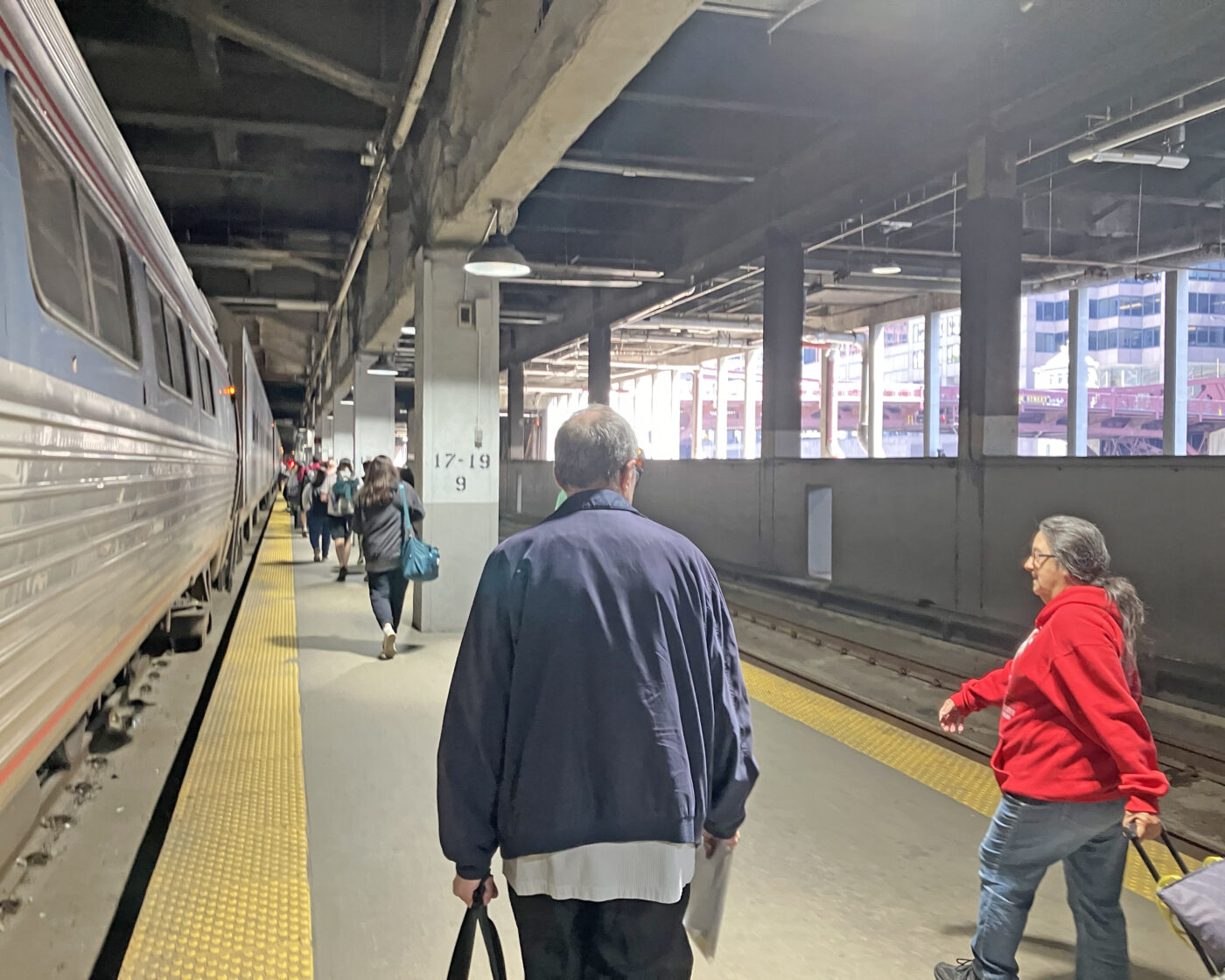
We boarded right on time. As we boarded, we were told the train was sold out (our outbound trip on the Empire Builder was also sold out): “Find a seat where you can.” We had to walk through a car-and-a-half, but we successfully found seats next to each other.
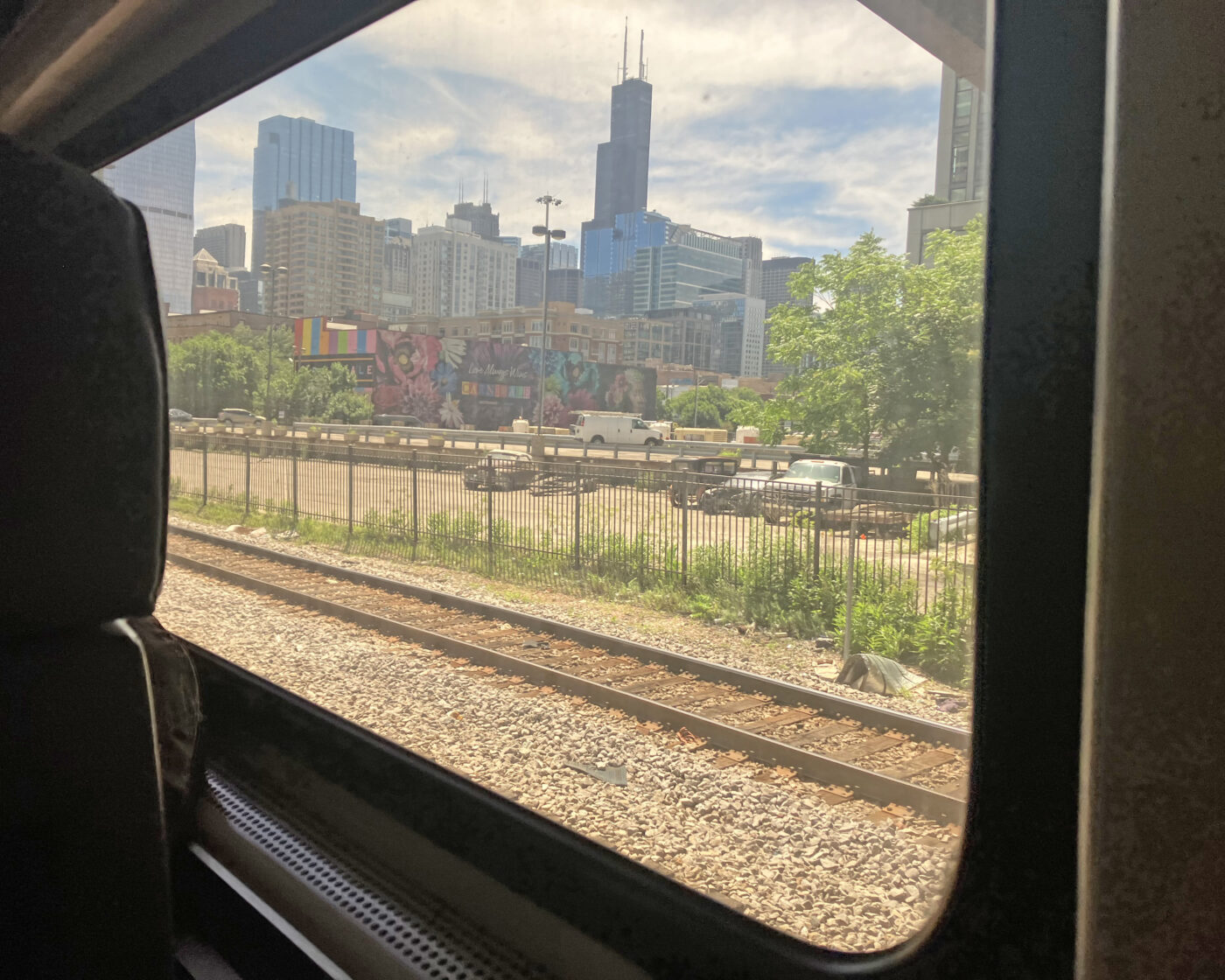
Shortly after the train started rolling, the Chicago skyline came into view. It is wonderful to be able to arrive and depart from transit-accessible downtown centers!
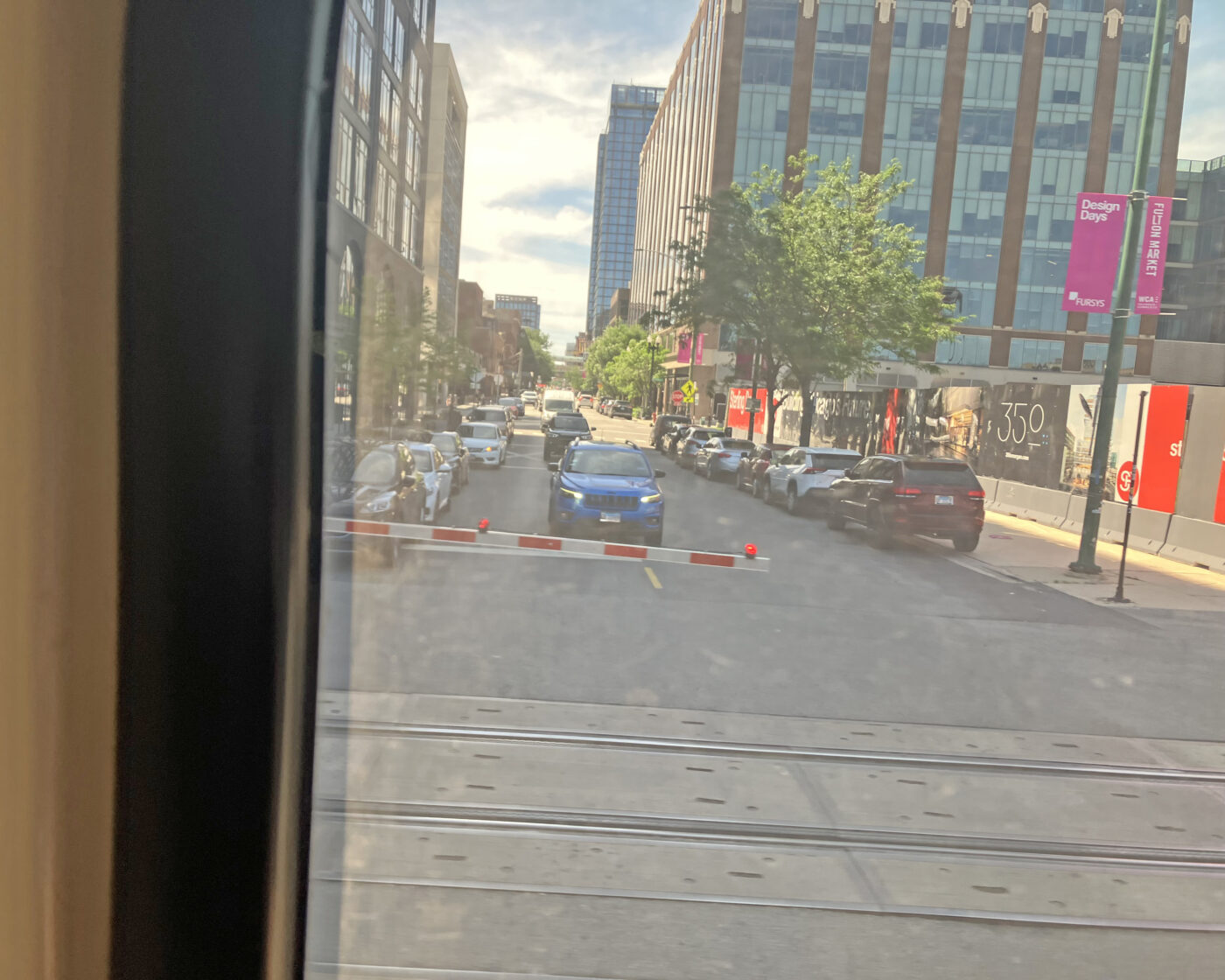
We rolled through Chicago neighborhoods, which gradually transitioned to suburbs and finally to the flat expanses of the Midwest.
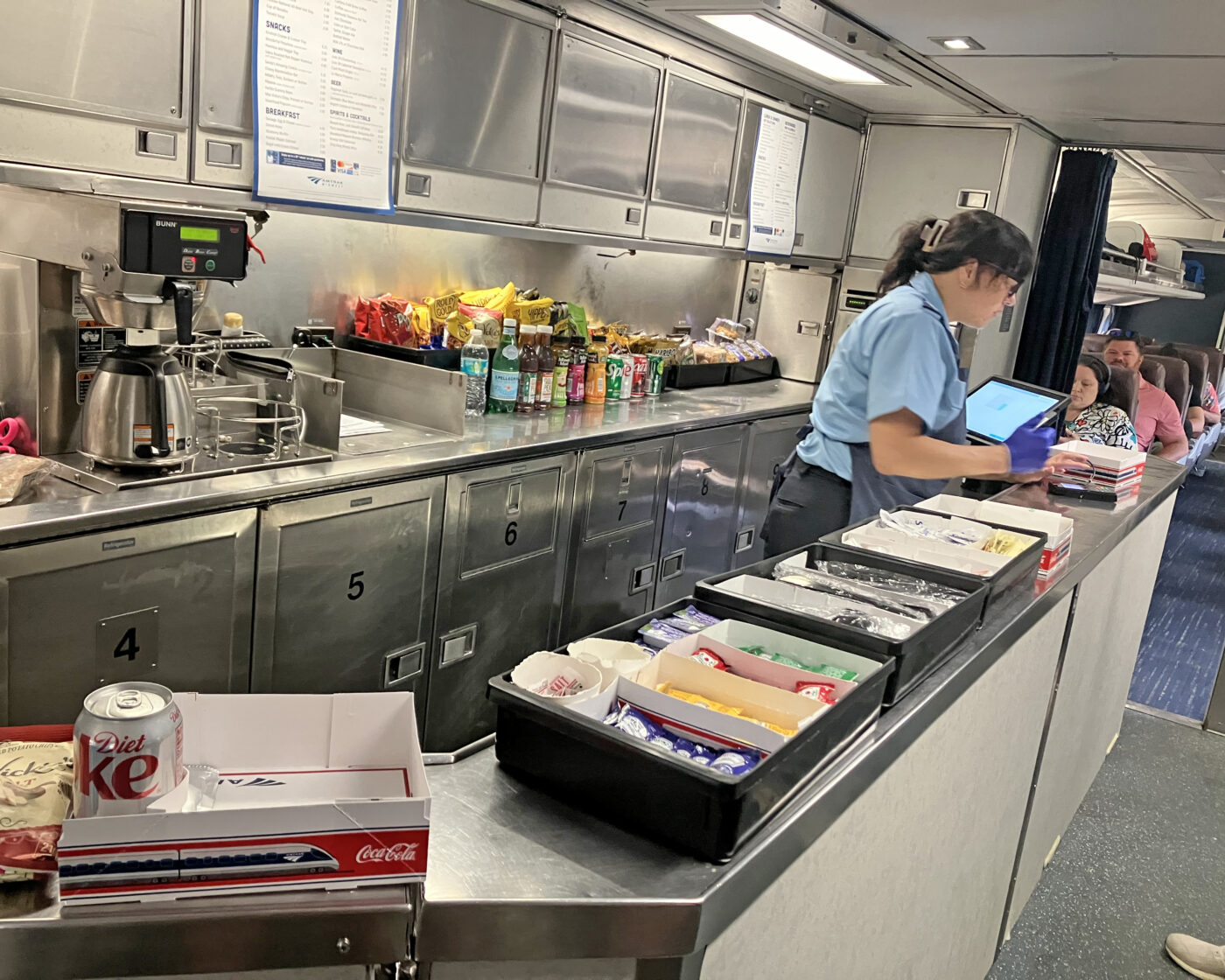
Once out of the city, my daughter and I played some cards and settled in with our books. Over the course of the trip, we occasionally got up to stretch and walk the length of the train. We also took advantage of the café car for a sandwich lunch and some cookies.
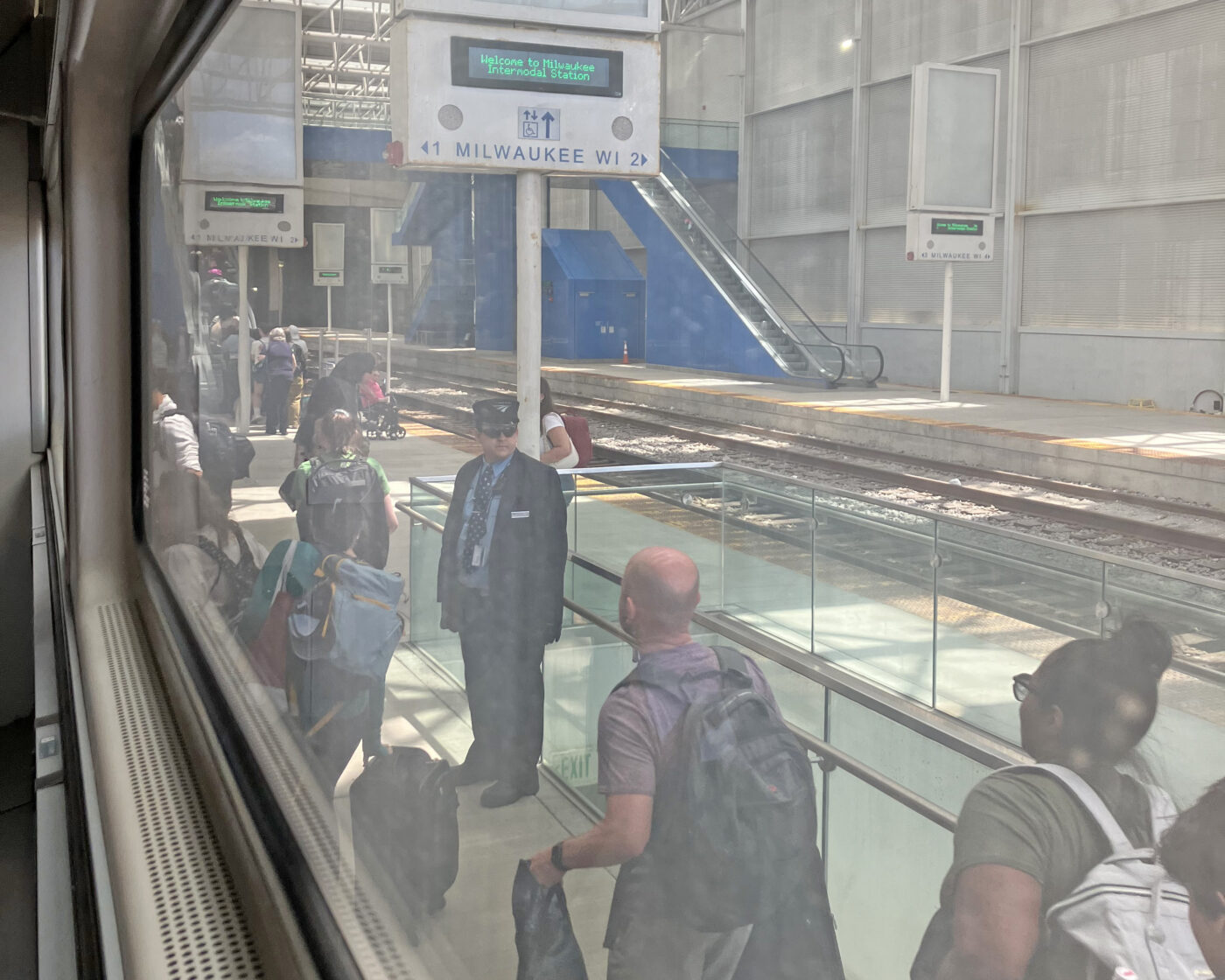
Although the Borealis connects Chicago and Saint Paul, many of the passengers were going to places in between. One of our fellow car passengers who boarded in Chicago had a small backpack and got off at the first stop. Several others also packed light and appeared to be on short trips, while others had giant bags for potentially weeks-long journeys (the bag size and number limits are both higher on the train than airplanes).
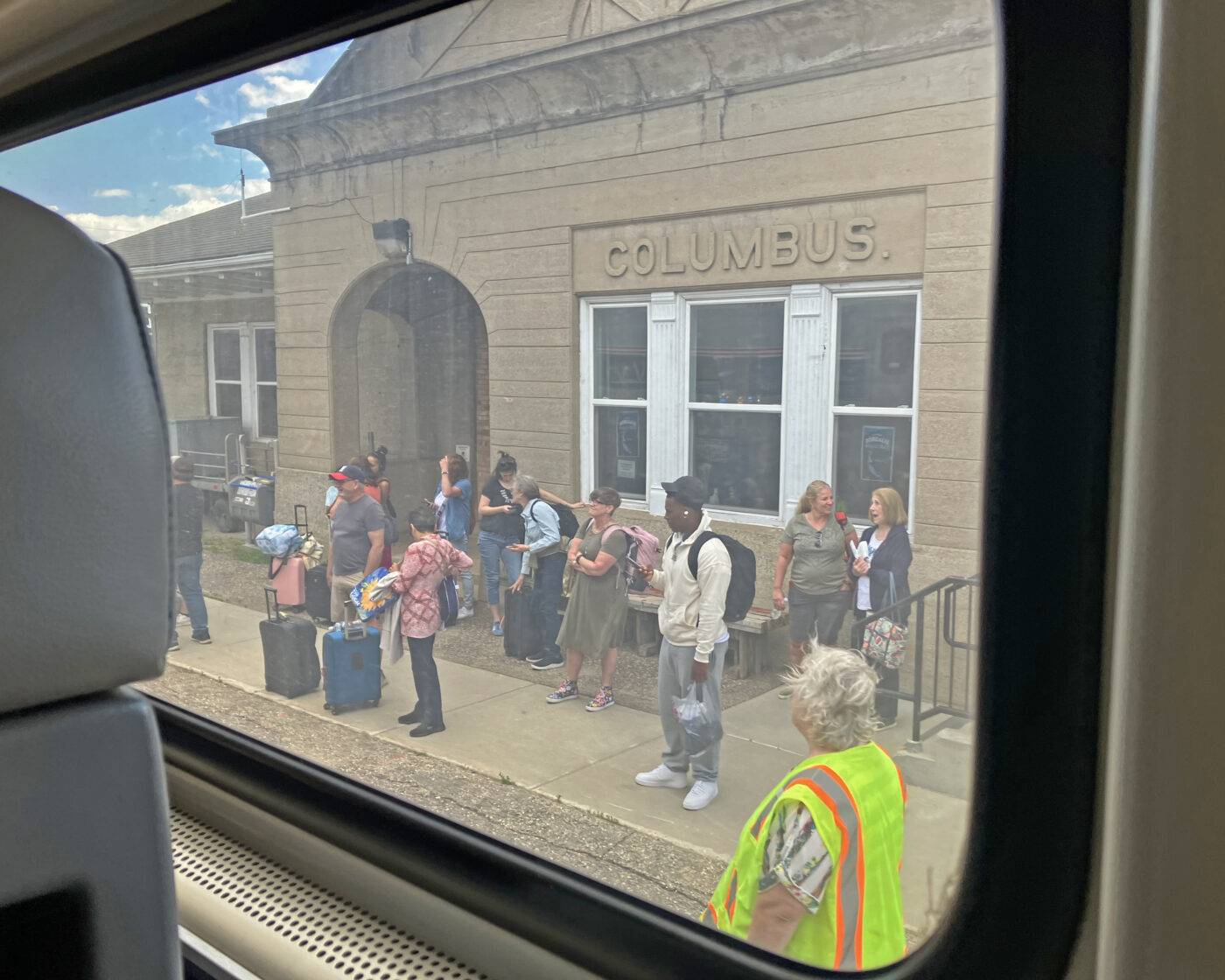
At least some passengers boarded and exited the train at every stop I observed, and many of those stations, big and small, had substantial numbers of people waiting for the train.
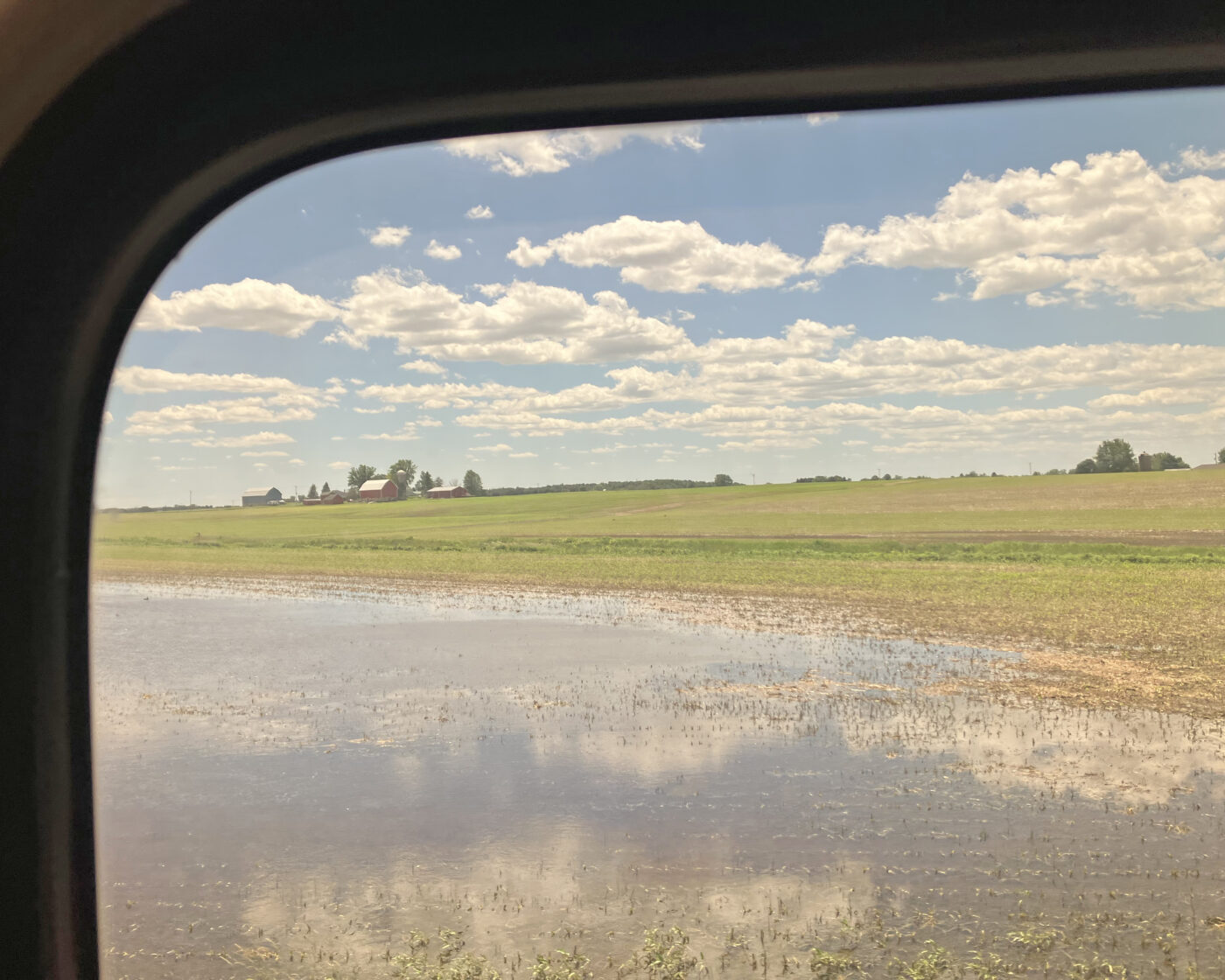
One of the joys of riding the train is seeing the expanse and flavor of the Midwest (really, mostly Wisconsin). The train provided an eye into a much broader suite of locations than an interstate or an airplane, including small-town downtowns, forests, farmland, city centers, and along waterways.
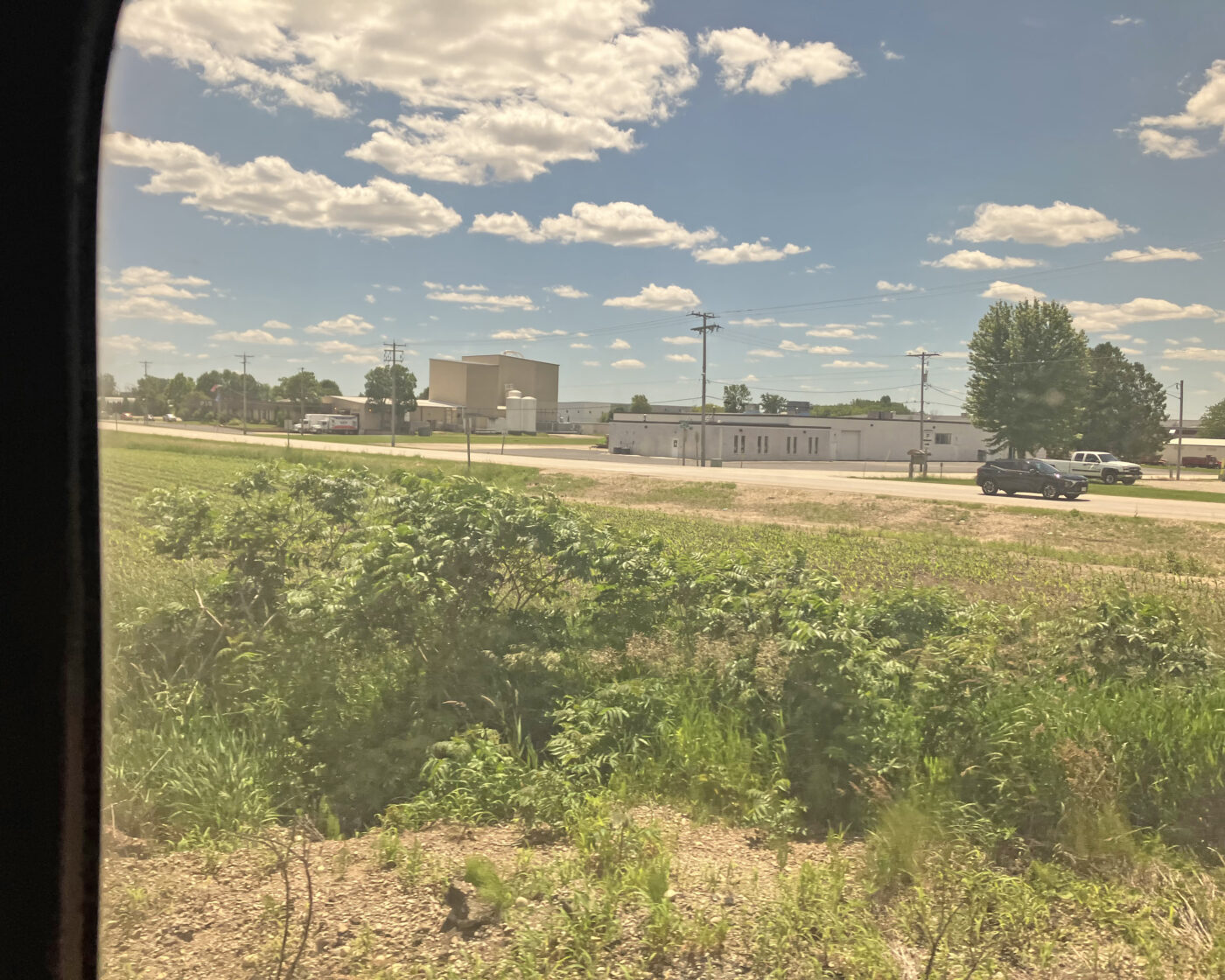
We passed industrial areas and we saw kids playing on playgrounds.
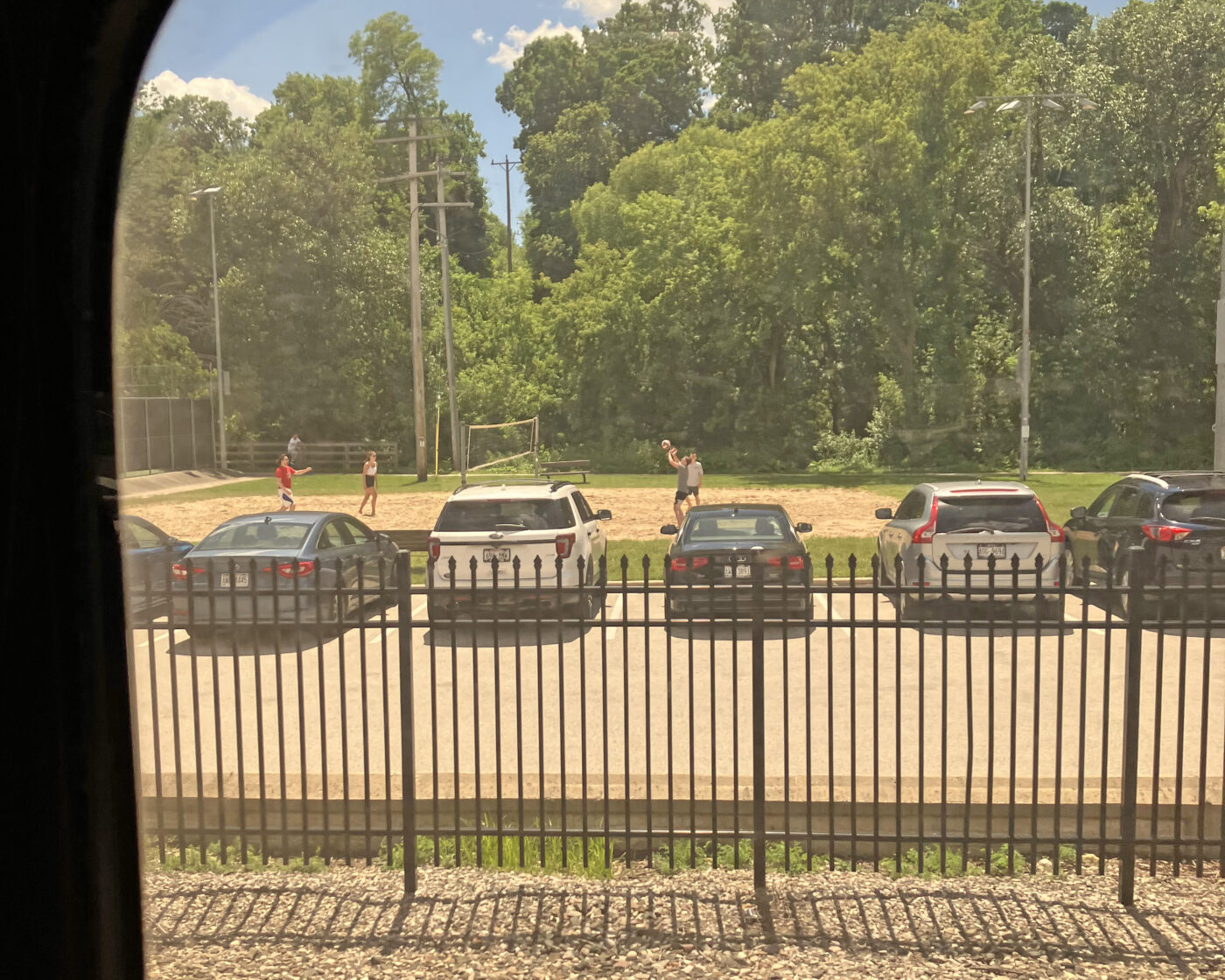
We caught a few moments of a beach volleyball game and passed a farmers market.
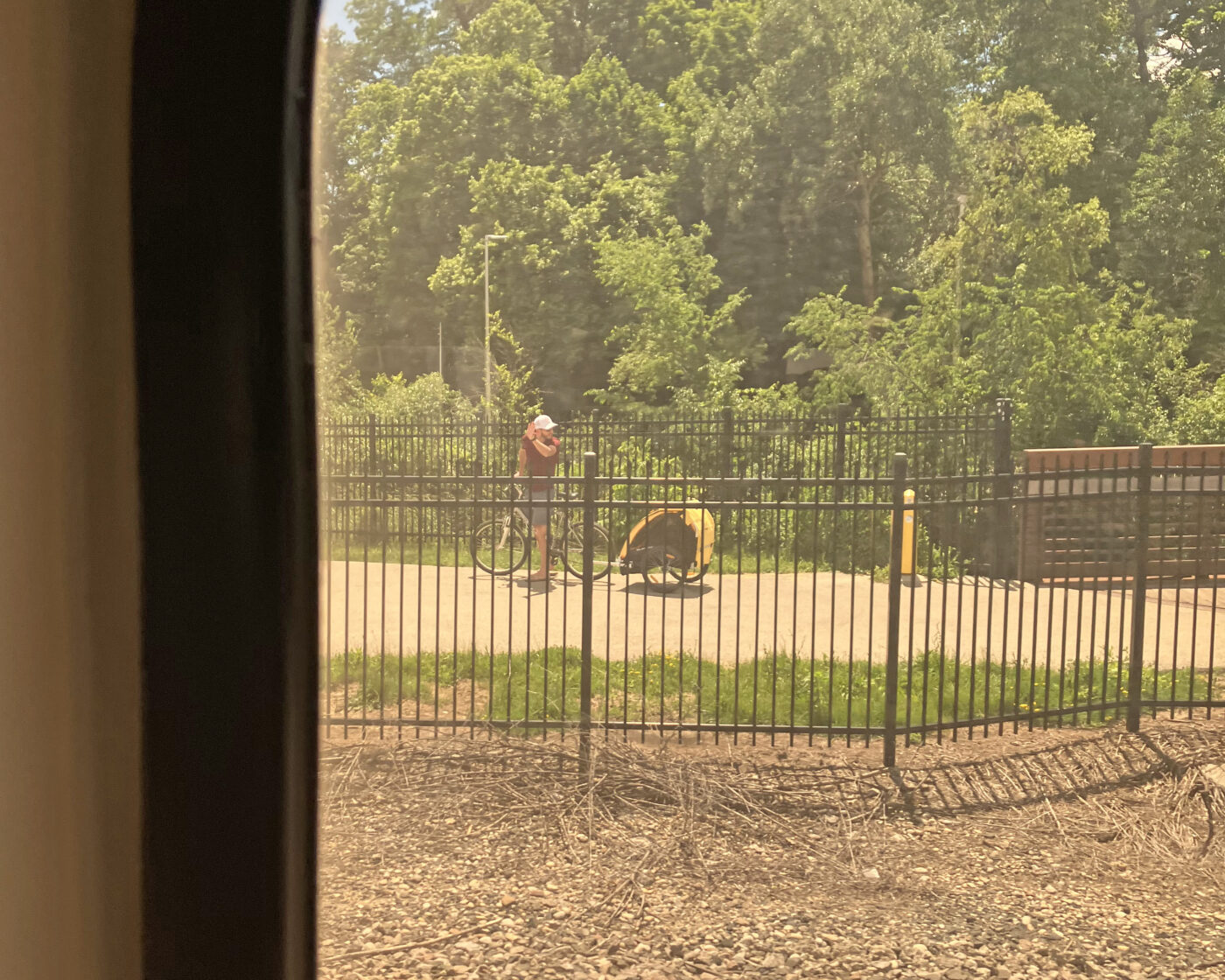
On several occasions, people waved to us as we passed—there is something inherently fun and welcoming about seeing a passenger train fly by!
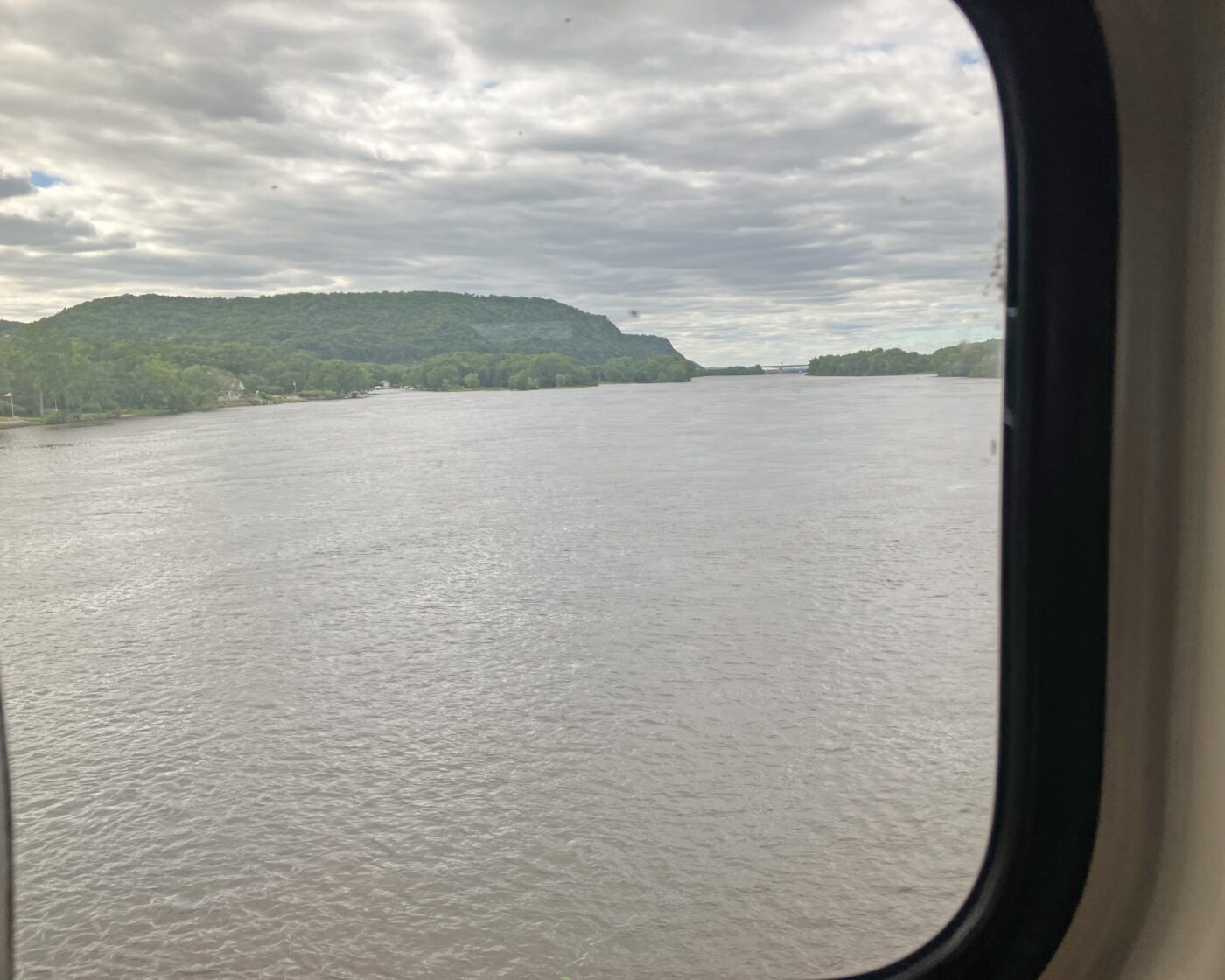
About two thirds of the way into the trip we passed back into Minnesota. The traverse of the Mississippi is dramatic—the river is wide, is surrounded by forested bluffs, and you pass several islands.
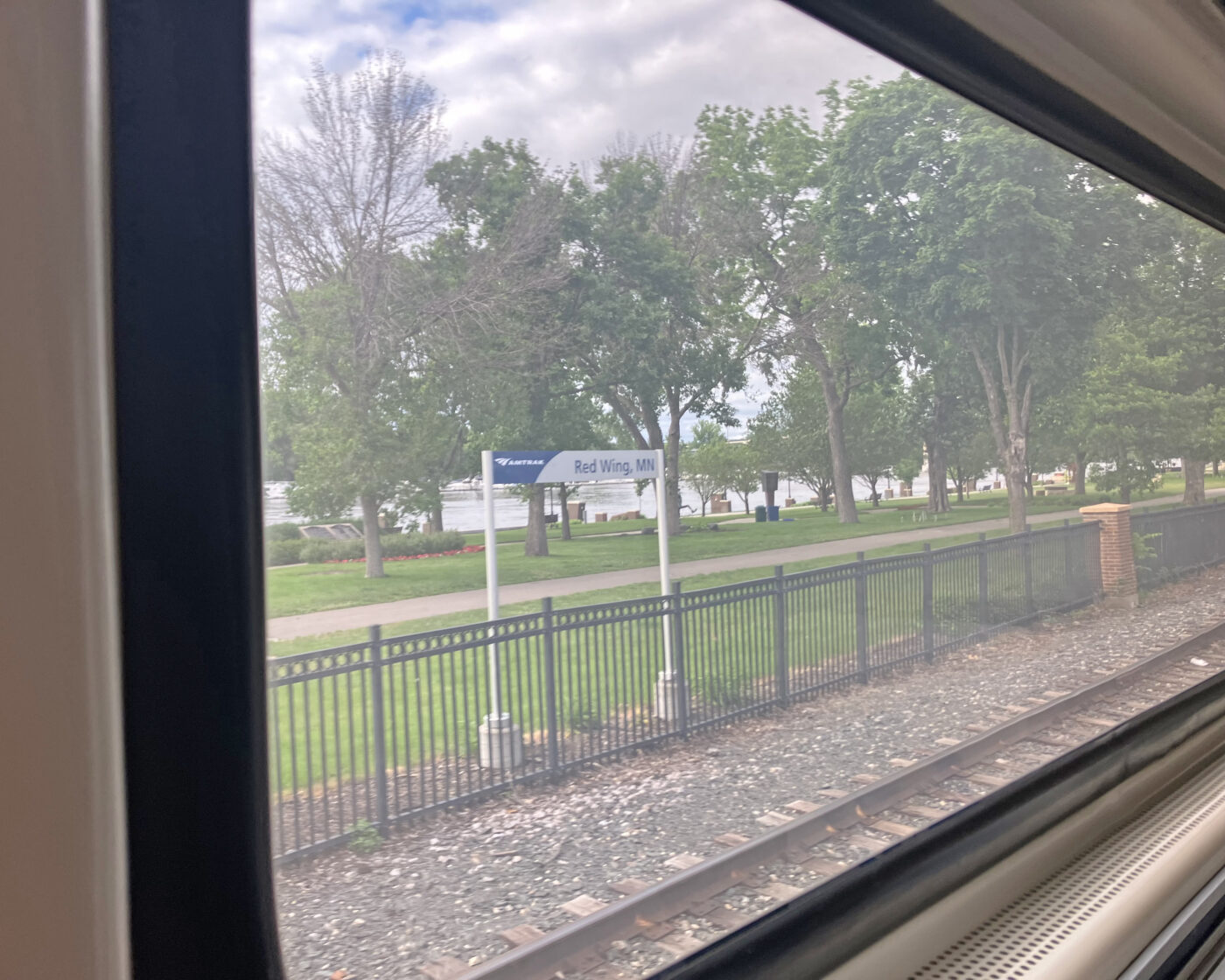
The train then traces the Mississippi River through Winona, Redwing, and other waterfront towns.
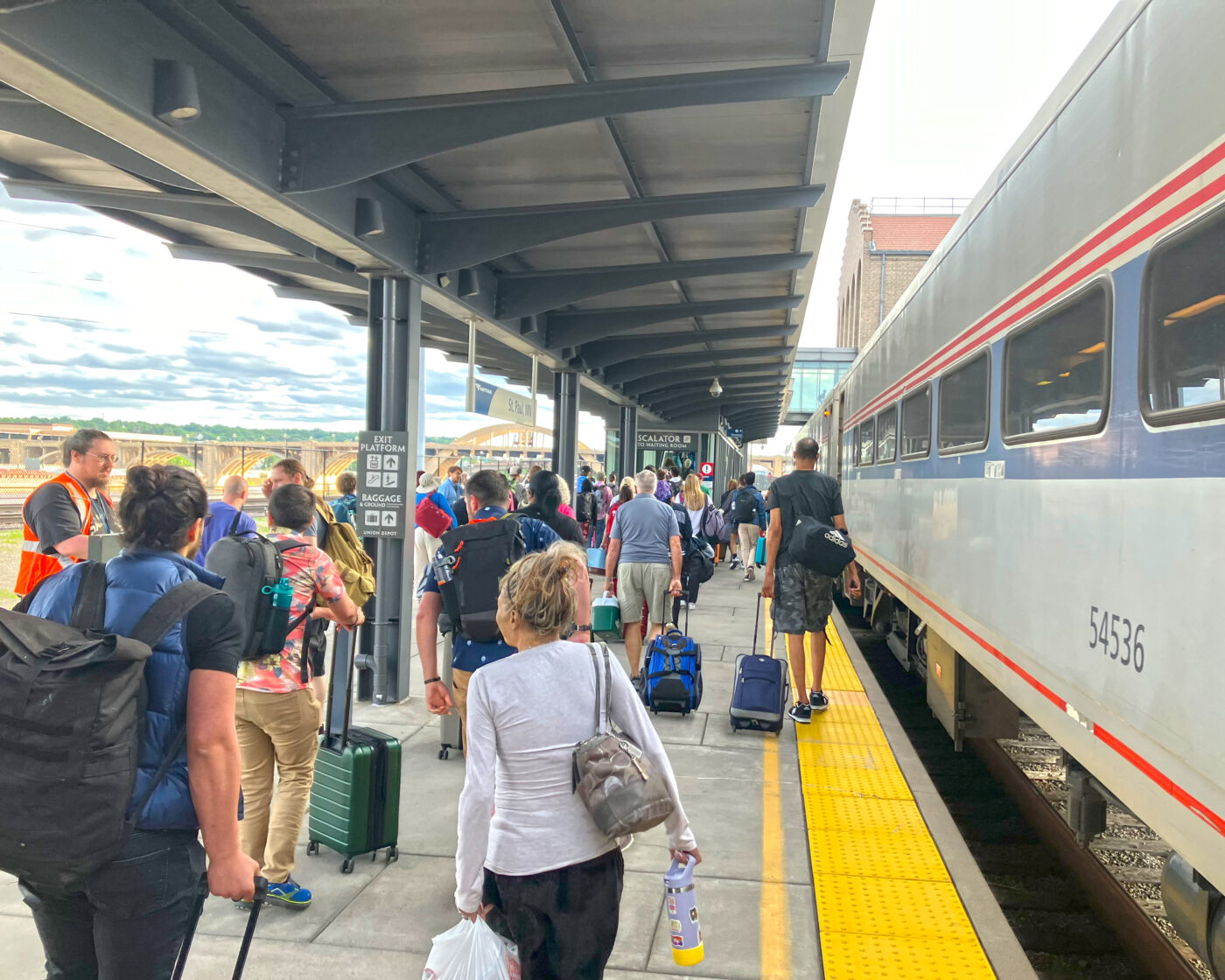
Finally, the Borealis rolled into Saint Paul. We arrived about 15 minutes after our scheduled time thanks to a delay due to some track work back in Wisconsin. The rest of our family was there on the platform to pick us up and welcome us home.
Future potential
The Borealis trip lived up to expectations: it was on time, pleasant, scenic, and affordable. And, given that both it (and the Empire Builder we took to Chicago), was sold out, it is clearly popular and needed. The departure and arrival in center-city Chicago and Saint Paul set the train apart from air travel, and the ability to play games, stretch out legs, and avoid the inevitable and unpredictable snare of Chicago-area traffic made the train ride more pleasant—and much more of a shared experience and an adventure—than a car trip.
The Borealis’ success begs the question of what else we can and should invest in when it comes to intercity rail. In 2023’s state legislative session, the legislature passed funding for the Northern Lights Express, a train to connect Duluth and the Twin Cities. After my Borealis trip, I’m excited to experience that train.
There is a lot more we can do, though. The current federal transportation bill—the Infrastructure Investment and Jobs Act (IIJA), also called the Bipartisan Infrastructure Law (BIL)—contains $102 billion of total rail funding. This includes $36 billion for federal-state intercity rail partnerships, like the one that resulted in the Borealis. This intercity rail money expands the types and number of projects that can be funded (including new service on existing corridors and fully new corridors), and also expands the amount and duration of potential spending on operations (the feds have pledged three years of support for Borealis operations as it gets off the ground). These funds and this operational support significantly expand the potential of new services like the Borealis and increase the country’s potential for investments in high-speed rail corridors—the dream for a Twin Cities-to-Chicago connection!
My and my daughter’s trip on the Borealis was wonderful, and we’re certain to do it again. I am also hopeful that we can pull additional IIJA dollars to Minnesota to support other intercity rail service increases. With sold-out trains in both directions on the Saint Paul/Chicago trip, how about a third train to Chicago?
